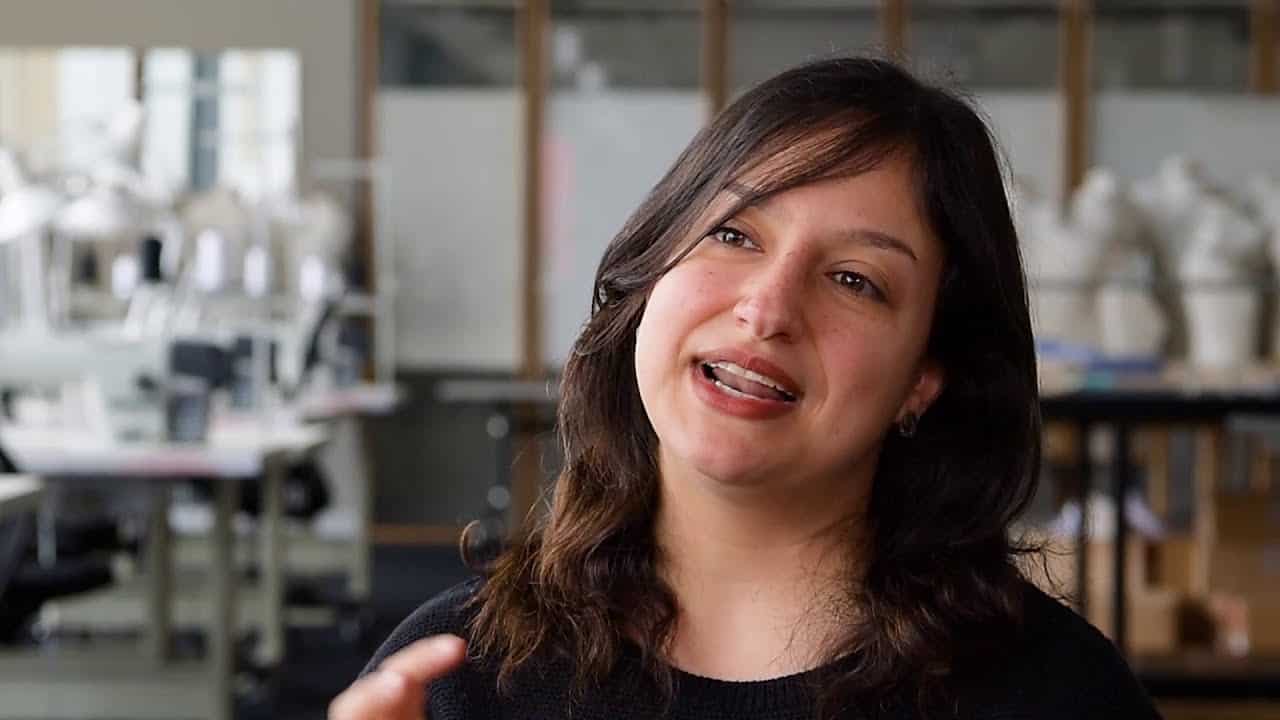Read the full interview: https://www.newsroom.co.nz/ideasroom/page/houses-that-could-function-like-plants
A new generation of buildings could be fully-automated, smart buildings that exactly imitate what a living organism does. This requires the architecturally-equivalent thermoregulation solution to function in exactly in the same way as biological strategies do, including almost every aspect of a living being: locomotion, reproduction, growth and development, and respiration, with a complex hierarchical organisation of components.
Could buildings one day imitate living organisms, intelligently sensing, moving, and responding to environmental stimuli? Negin Imani has developed the first tool translating thermoregulation strategies in the natural world into architectural solutions to help bring buildings to life.
Building on the theory of biomimicry, an approach using natural-world strategies to solve human design challenges, Imani’s thermo-bio-architectural framework (ThBA) takes the many ways animals and plants regulate body temperature as a starting point for a roadmap to design energy-efficient, sustainable buildings.
“Evolution has solved many of these challenges, so where better to find innovative design solutions,” says Imani.
“Studying the structure of polar bear fur, feathers, and skin can motivate designing artificial surfaces capable of collecting solar radiation efficiently. Or consider our own blood vessels and the way they expand or contract to manage heat transfer with our skin.”
In a building, this could mean flexible pipes moving a heated fluid to where it is needed: in a roof-mounted solar collector for heating water, geothermal floor heating, or in the walls to retain heat.
This use of capillaries is common to both animals and plants, but Imani sees plants as a better model for buildings because neither can uproot and move freely about.
“Plants can move some degree to increase the amount of light they absorb, and this same approach could be used in a house that shifts according to the sun or seasons,” says Imani.
The ability to create such a responsive building is becoming possible with technological developments, but people have been taking cues from nature to build houses that suit their environments for millennia.
Underground rooms found in some traditional Iranian houses are a good example of emulating nature by using a burrowing strategy to create a favourable microclimate. As with other existing strategies, Imani considers how to extend these concepts further—a building that can rise above and fall below ground level to maintain an ideal temperature.
Imani is currently writing a book titled, Thermo-bio-architectural Framework (ThBA): bridging the gap between architecture and biology, outlining steps that can be taken towards realising such concepts. It’s a vision of a future populated by living buildings that are truly sustainable and energy efficient.
“A new generation of buildings could be fully-automated, smart buildings that exactly imitate what a living organism does. This requires the architecturally-equivalent thermoregulation solution to function in exactly in the same way as biological strategies do, including almost every aspect of a living being: locomotion, reproduction, growth and development, and respiration, with a complex hierarchical organisation of components,” says Imani.
“It’s a really exciting area to be exploring, and to get there more research into these innovative approaches is needed.”
